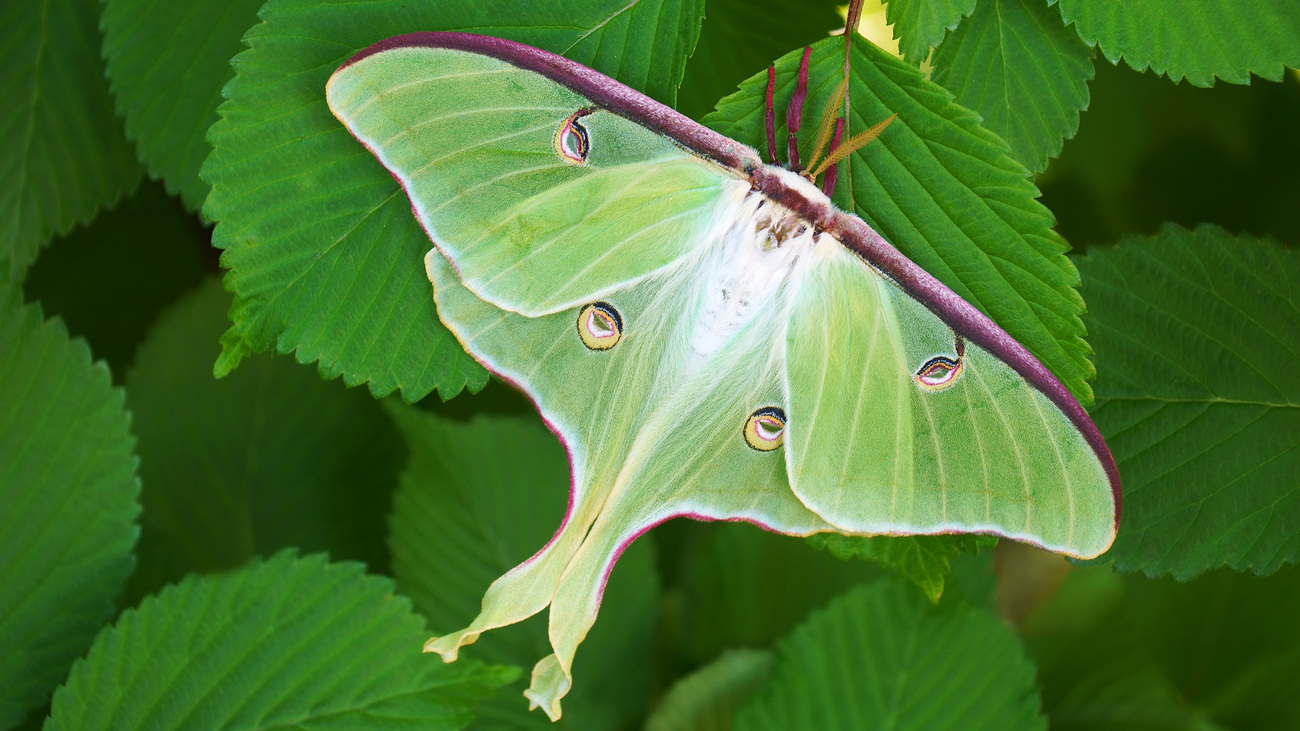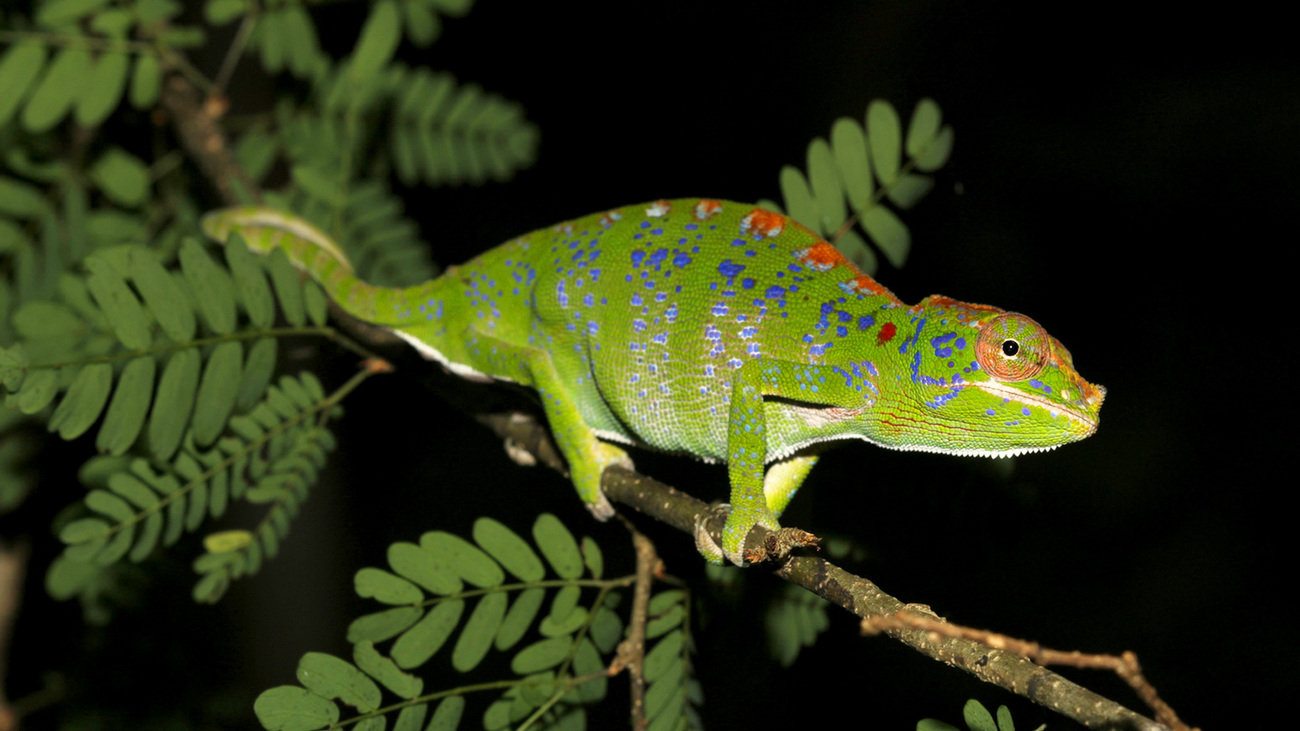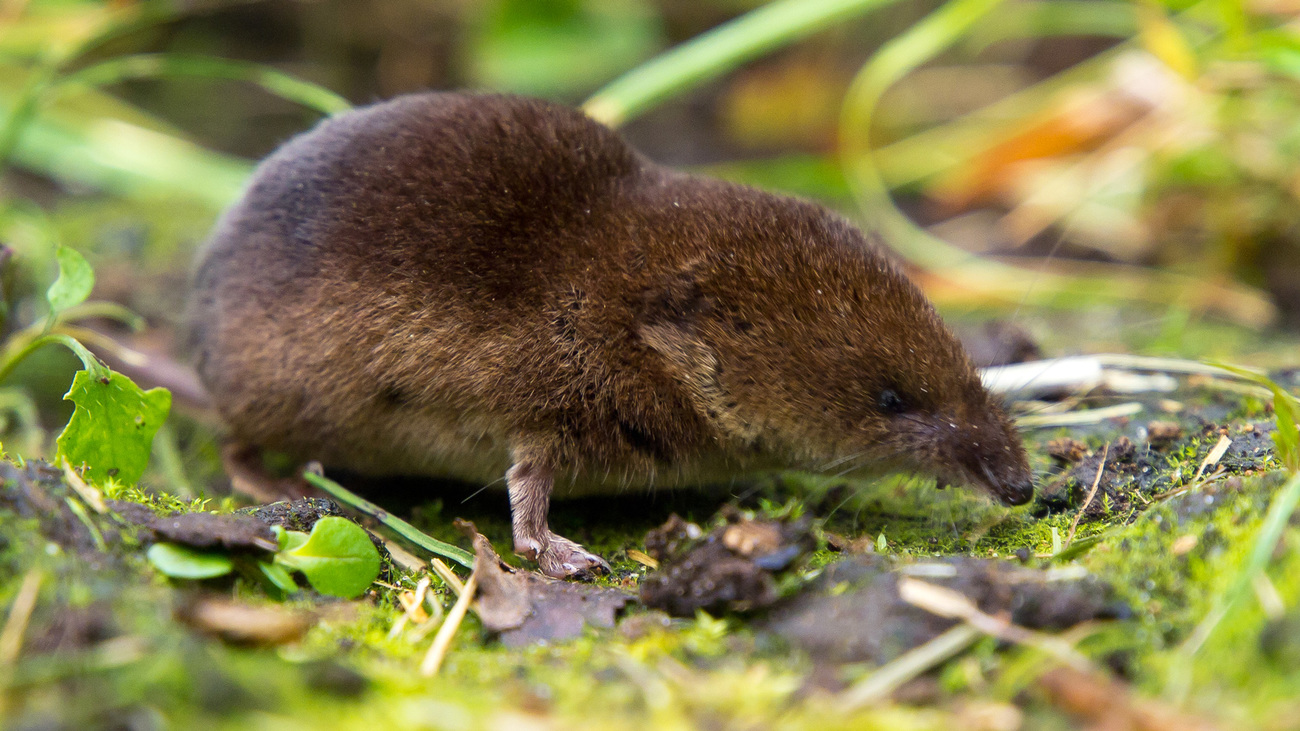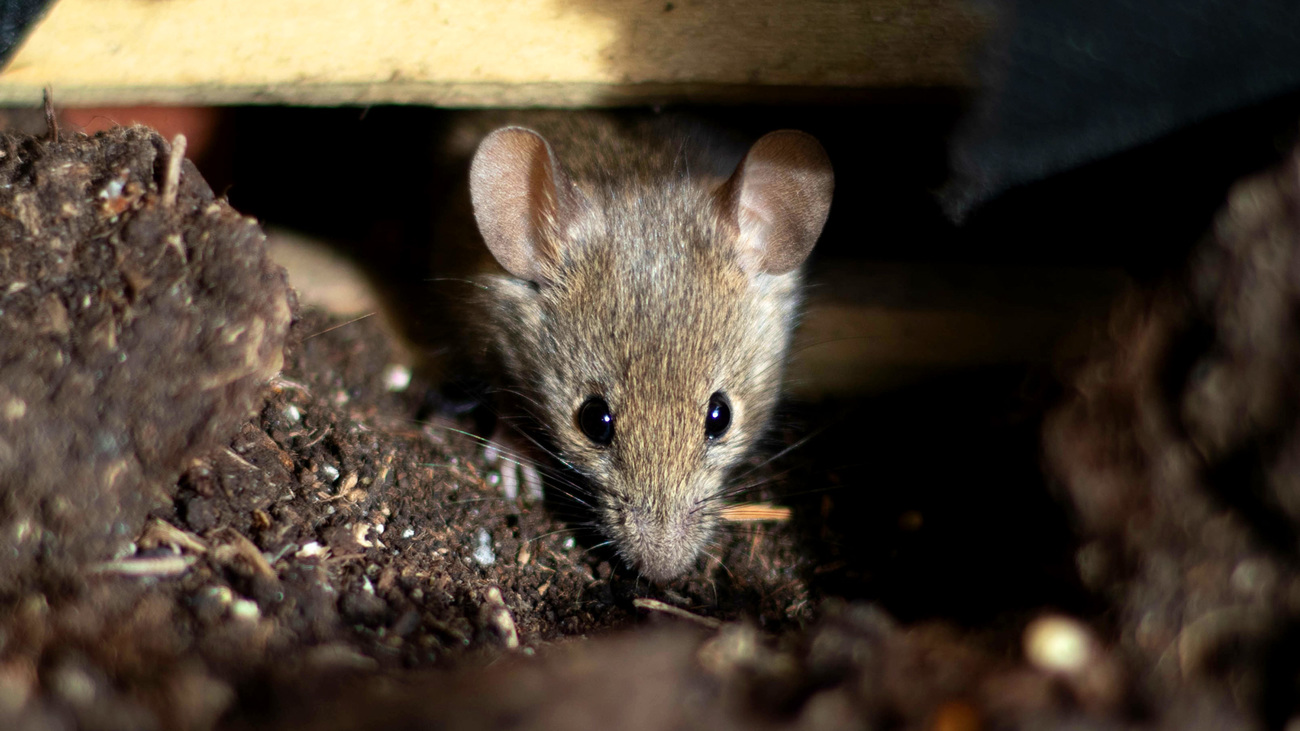Animals with the shortest lifespans
Animals with the shortest lifespans
In comparison to the animals with the longest lifespans—like the sea sponges that can live for 15,000 years and the coral that can live for 5,000—some animals live for only a few months, weeks, or days. Some of these animals with very short lifespans might be surprising, like the chameleon that can only live for three months, while others are known for their short lives, like fruit flies and mosquitos.
All animals need to reproduce to continue the survival of their species. Because of their short lives, many of these animals have highly adapted techniques for breeding and laying eggs before they die.
Let’s take a look at 14 animals that have some of the shortest lifespans in the animal kingdom.
1. Mayflies
Mayflies (order Ephemeroptera) are aquatic insects known for having the shortest lifespans of any creature in the animal kingdom—they typically live for only one day. There are over 3,000 species of mayflies that live in aquatic habitats around the world. In their short lives, mayflies serve a critical purpose for researchers in determining the health of aquatic ecosystems. The presence of mayfly larvae indicates that the water is clean, unpolluted, and highly oxygenated. Some mayfly species can lay more than 10,000 eggs—quite a feat for a single day!
2. Gastrotrichs
Also known as hairybellies or hairybacks, gastrotrichs (phylum Gastrotricha) are microscopic, cylinder-shaped animals that live in freshwater and marine environments. They only live for a few days—one study found that they lived between 2.6 and 18.6 days, lasting on average 10.11 days. Despite their tiny size and very short lives, gastrotrichs play an important role in their ecosystems. They eat bacteria and algae, so without gastrotrichs, populations of these organisms could expand unchecked.
Little is known about gastrotrichs’ reproduction, but some species are known to be hermaphroditic, meaning each individual has both male and female reproductive parts. Some species reproduce using both parts, while the male parts in others are virtually useless, and they reproduce asexually through parthenogenesis. Their eggs can hatch in just a few days.
3. Indian meal moths
Indian meal moths (Plodia interpunctella), also called pantry moths or flour moths, are one of the shortest-living moth species. Their lives last five to 25 days, and in this time, they may feed on cornmeal or grain found in food storage facilities. They live on every continent except Antarctica.
About three days after becoming adults, Indian meal moths mate and lay up to 400 eggs. These eggs hatch in about one week.
4. Luna moths

Known for their beautiful green wings with moon-shaped markings, luna moths (Actias luna) live on average for just one week. They can be easily spotted in the wild with their wide wingspan of 7.6 to 11.4 centimeters (3.0 to 4.5 inches). Luna moths serve as important prey for bats, owls, and other birds.
In northern regions, luna moths only reproduce once per year, but where it’s warmer, they can reproduce two or three times. Female luna moths lay 200 to 400 eggs during their short lifespans.
5. Fruit flies
Fruit flies (Drosophila melanogaster) are well known around the world for landing on produce in kitchens. These insects have been introduced to every continent except Antarctica. They only live for about 10 to 14 days in outdoor heat—but they can survive for up to two months in a controlled environment. Because of their short lifespans and simple genetics, fruit flies are often subjects of scientific research. They breed very quickly to account for their short lives—female fruit flies are capable of laying about 500 eggs on average.
6. Ant drones

While queens can live for up to 15 years and workers (non-reproductive females) can live for about seven years, drone ants—the males that breed with the queen—only survive for one to two weeks. The reason for their short lifespan is because once they mate with the queen ant, they die. To recognize a drone ant, look for one with wings—they look similar to wasps. However, they are much smaller than queen ants, which also have wings. Drones are the only males in ant colonies.
7. Tsetse flies
Tsetse flies (genus Glossina) are bloodsucking flies found only in Africa. They are known for spreading sleeping sickness among humans and a disease called nagana among domesticated animals. While female tsetse flies can live for one to four months, males only live for two to three weeks. Arthropods and vertebrates are known to feed on tsetse flies, which means that eliminating them entirely from an area using pesticides or insecticides could be harmful to the ecosystem. The pesticides used to kill them can also cause harm to other animals.
Interestingly, tsetse flies give birth to live young, and females can only give birth eight times in their life. Their larvae are almost adult-sized and feed on their mothers’ milk. This reproductive strategy is less efficient than those of other insects with short lifespans, which is why it is such a marvel.
8. Mosquitos
Mosquitos (family Culicidae) are small insects known to spread disease as they pierce skin and suck blood. They are considered micropredators, meaning they prey on animals much larger than themselves. On average, mosquitos only live for two weeks. However, some species can live much longer. Some mosquitos hibernate as adults, and this period can last six to eight months. Mosquitos that live in the Arctic may hibernate twice in one year, which means their entire lifespan lasts longer than a year.
Female mosquitos can lay up to 300 eggs at a time and will do so up to three times in their lives.
9. Worker bees

Like worker ants, worker bees are non-reproductive females. While drones can’t sting you, worker bees possess stingers that can cause harm. In honeybee colonies, queens can live for several years, and drones can live up to 60—potentially 90—days. The lifespan of a worker bee can be shorter or longer than that of a drone, depending on the season. In the summer, worker bees may only live for about 40 days. In the winter, they may live up to 140 days. Worker bees of other species may only live two to six weeks.
Bees are incredibly important not only to their ecosystems but also to the planet and our food security. Honeybees pollinate $15 billion worth of crops every year in the US alone, helping more than 80% of all flowering plants—including more than 130 types of fruits and vegetables.
Did you know that bees can also help prevent conflict between humans and elephants?
10. Booklice
Booklice, known scientifically as Psocoptera, are insects that differ from true lice because they are not parasitic—they don’t bite humans or animals. Their name originates from how they were once frequently found feeding on the mildew that grew on books. In the wild, they eat fungi, algae, lichen, and organic detritus. Booklice have short lives of only four to eight weeks.
Some booklice reproduce asexually through parthenogenesis, which means all individuals are female and do not need to breed to lay their offspring.
11. Seven-figure pygmy gobies
The seven-figure pygmy goby (Eviota sigillata) is a tiny marine fish found in the Indian Ocean and West Pacific, living amongst coral reefs. This species has the shortest lifespan of any vertebrate—up to 59 days. They spend about three weeks as larvae, two weeks settling on reefs, and three weeks as adults.
12. Labord’s chameleons

Labord’s chameleons (Furcifer labordi) are the shortest-living reptiles. While in captivity they can survive up to 1.3 years, in the wild they only live for two to three months. They are found in forests in Madagascar. This lizard’s short life occurs after an incubation period of eight to nine months. Males and females reach sexual maturity at around 60 days, towards the end of their lives.
13. Common shrews

Shrews and mice are considered the shortest-living mammals. Common shrews (Sorex araneus), found throughout northern Europe and Great Britain, live for fewer than 12 months. These small mammals serve as prey for owls, kestrels, weasels, foxes, and stoats.
14. House mice

House mice (Mus musculus) are small rodents that are found on every continent except Antarctica. They are the most commonly used laboratory mice. In the wild, these mice live for about three to four months on average. However, they can live for up to 18 months. In captivity—such as in lab settings—they can live for 26 to 30 months.
Though these animals live brief lives, they are still important parts of their ecosystems. Many are crucial parts of the food chain, and without them, larger animals like birds, mammals, and reptiles couldn’t survive.
IFAW works tirelessly to protect animals around the world, large and small. Learn more about our work or find out how you can take action for animals.
Related content
Our work can’t get done without you. Please give what you can to help animals thrive.